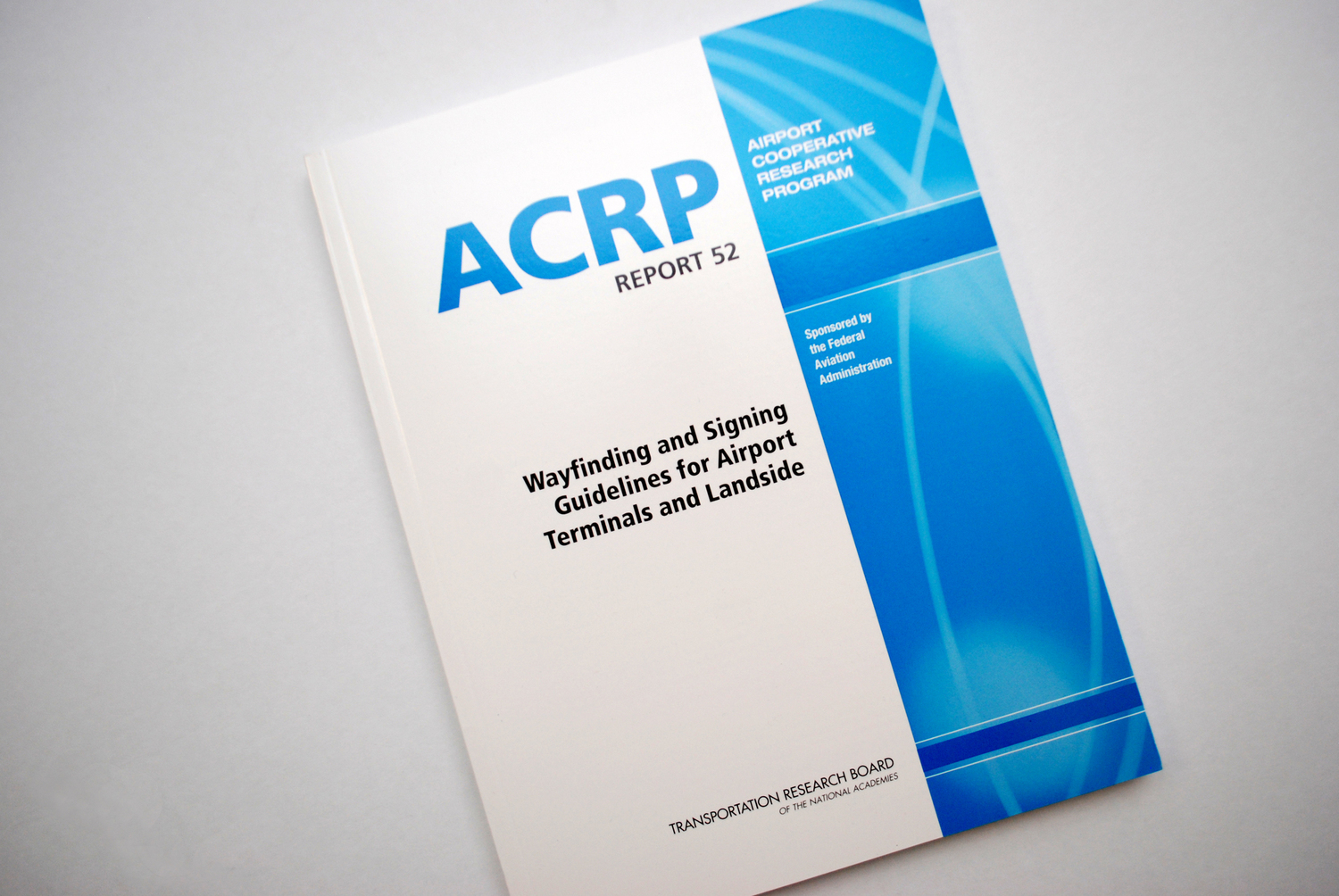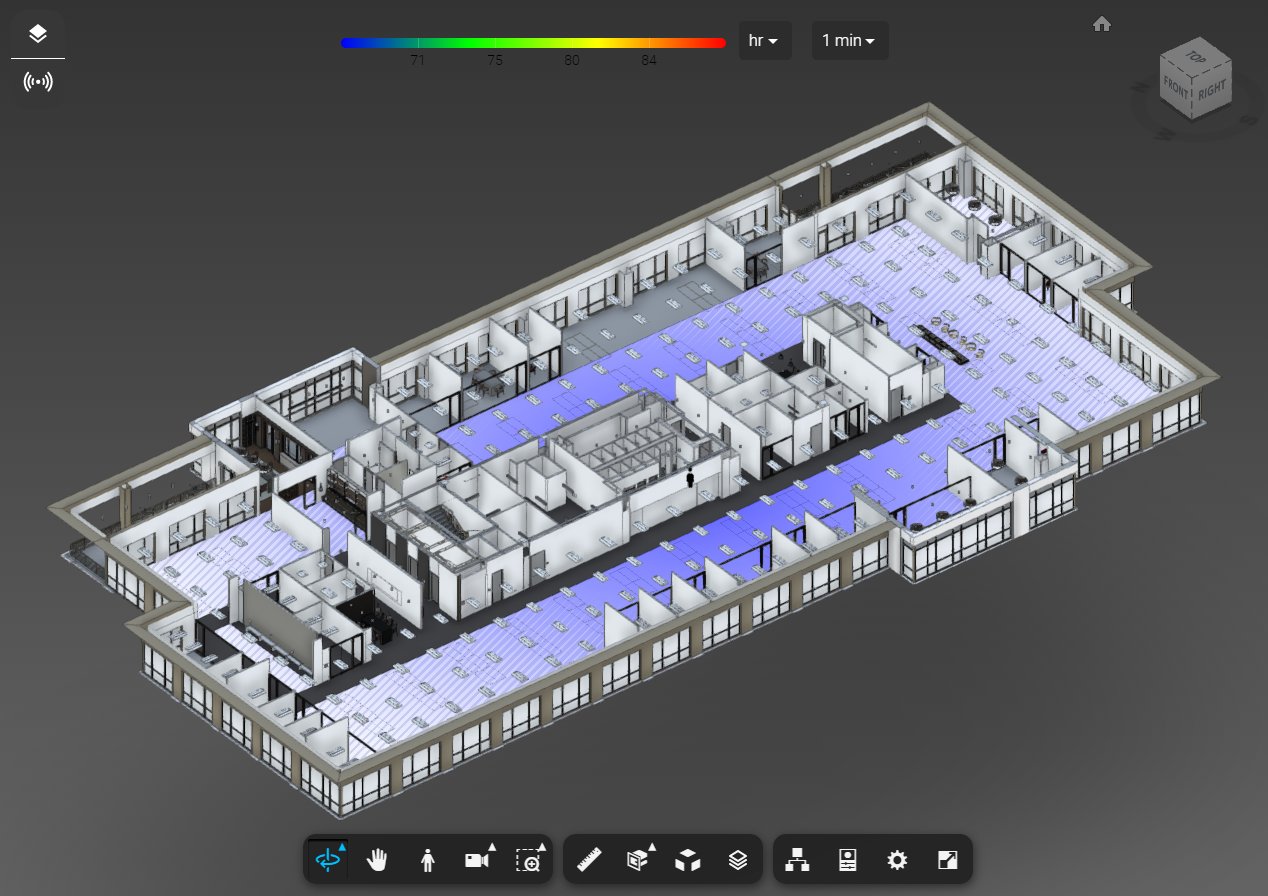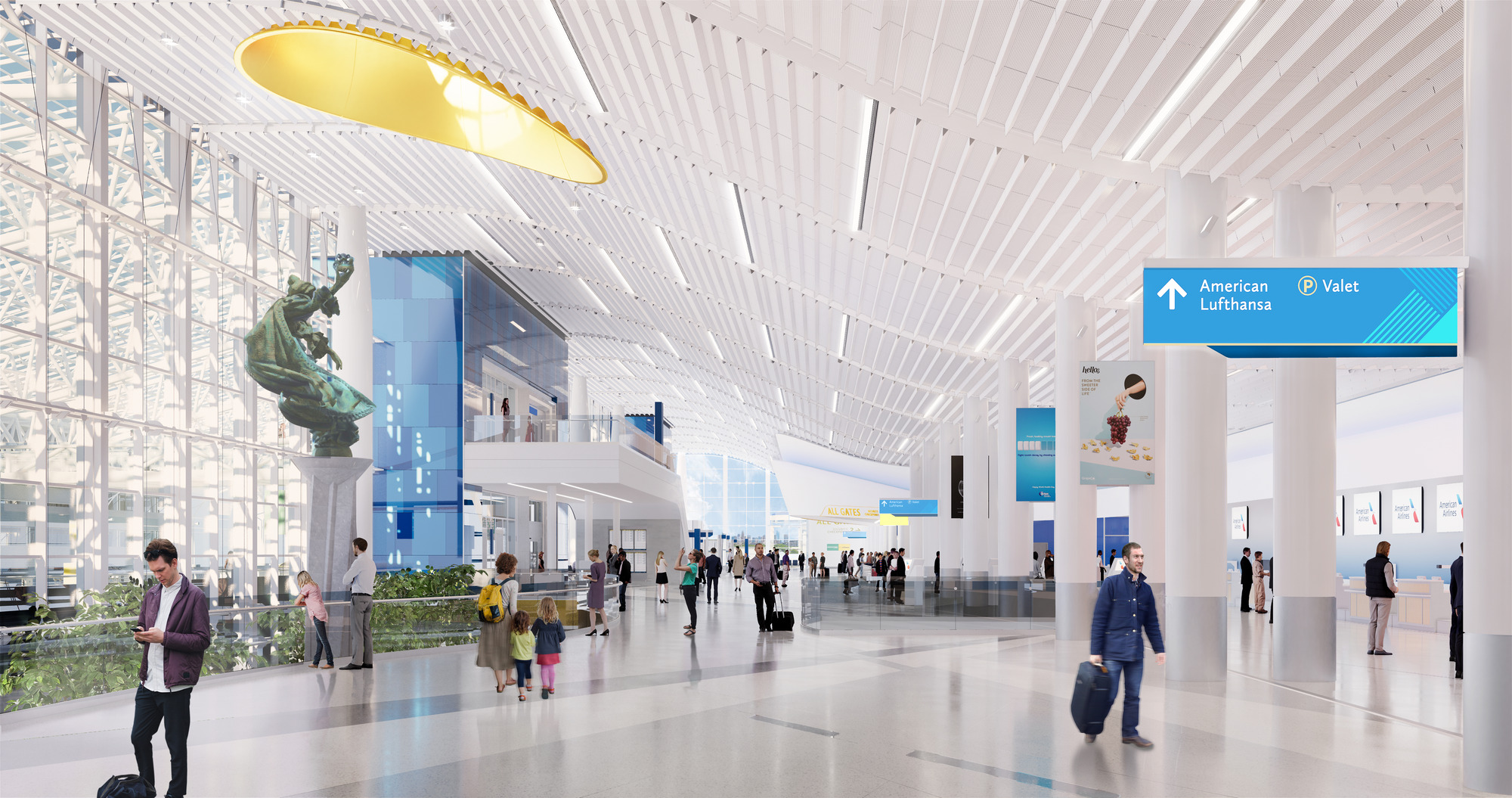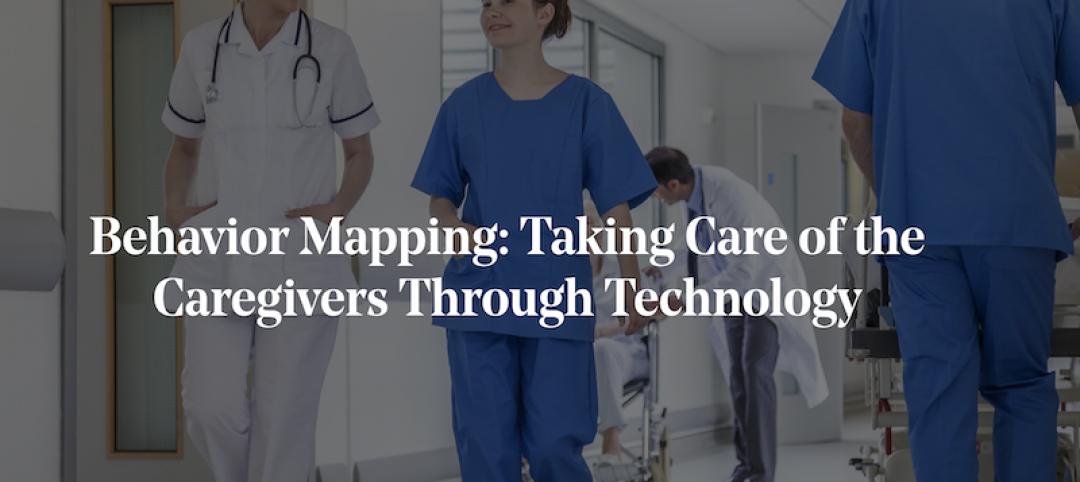While much of air travel seems to be back to business as usual, new passenger demographics and destinations provide an unusual challenge to the way we help passengers get on the move. This is the second post in a series where we’re exploring how design strategies are changing the way we deliver and design projects in the post-pandemic world. Read the first post here.
Over the next 18 months, I will have the unique opportunity to shape the future of the digital experience through a new taskforce with the Airport Cooperative Research Program (ACRP). In November 2021, I was selected to be part of an ACRP panel that will oversee a team of consultants whose task is to compose a guidebook for the aviation industry, and the development and implementation of aviation- specific “digital twins”—or a detailed virtual representation of their facility.
Managed by the Transportation Research Board of the National Academies and sponsored by the Federal Aviation Administration, ACRP is an industry-driven, applied research program that develops practical solutions to problems specifically faced by airport operators and planners. It has produced more than 400 free resources and tools for airport practitioners. Gresham Smith has participated in past programs on best practices for wayfinding in airports. This new taskforce is an opportunity to map out a future where every airport, regardless of size or air traffic, can create a digital twin program for their facilities and use it to improve the airport experience.

On this digital twin taskforce, in addition to myself, the panel has representatives from four airports (Dallas/Fort Worth International Airport, Hartsfield-Jackson Atlanta International Airport, Boston Logan International Airport and Jacksonville International Airport) as well as a master-planning consultant. As a panel, we will select a research team through an RFP process, and over the next 18 months, that team will develop the guidebook and roadmap for digital twin implementation specifically for the aviation industry.
The term “digital twin” has been thrown around a great deal in recent history. However, many airport industry professionals are still unsure of the actual meaning and application of the phrase. In very simple terms, a digital twin is the shoebox that holds digital data and information of an asset. For instance, a digital twin of your house would be the digital replica of the home. It could potentially be 3-dimensional, and it would provide a single location to display everything from your home warranties, camera locations and live feeds to mechanical and lighting performance statistics. However, these use cases are just the tip of the data and application iceberg that could be implemented. A digital twin program of the future could have that same digital twin of your house, but with additional operations that could simulate your home’s performance during unexpected weather occurrences or even design suggestions that would improve mobility and system performance. Now, take those concepts and expand them to your client’s applications and the possibilities for the digital twin programs are endless.
In terms of the domestic aviation market, there is surprisingly little knowledge about what this buzzword means and how airports can take advantage of a tool like a digital twin. Boston and Dallas-Fort Worth airports are leading the U.S. charge with their digital twin programs domestically. Internationally, a number of major international airports like Schiphol (Amsterdam) and Singapore Changi Airport have significantly advanced their digital-twin technology and applications.
For many of our clients, the biggest hurdle is just getting a digital twin program started. Often, the same questions are posed, like: “What is a digital twin exactly?” “Is it just another BIM model?” “What makes it smart?” “What do I do with the data?” This is still emerging technology and based on the use case, a digital twin can provide a plethora of specific and catered solutions.

My participation and selection for this ACRP panel was due, in no small part, to my involvement and experience with Gresham Smith’s Studio-X innovation incubator program, where we developed our own digital twin platform with support from Autodesk. In that exercise, we turned a traditional BIM model of an interior office space into a digital twin using Forge, Autodesk’s cloud-development platform. Through our pilot platform, we were able to collect environmental data such as temperature, humidity and light levels as well as the heart-rate data of volunteers moving through the space. That exercise is just the beginning of our work in this space and applications for this particular digital twin program.
In short, a digital twin program is the foundation for a better airport experience for users, operators and designers. It starts as a digital replica of the airport, and over time with the combination of new technologies like smart cameras, the platform will allow for a better integration of systems, where eventually wayfinding, security and other common elements of the airport experience become digital.
But what does all this mean for the typical passenger? It means the airport of the future is a more seamless and enjoyable experience because of new technology and tools that allow us to create better and smarter design. It all starts with the industry coming together to develop a road map for how we make digital twins a reality for airports of every shape and size.
More from Author
Gresham Smith | Oct 16, 2024
How AI can augment the design visualization process
Blog author Tim Beecken, AIA, uses the design of an airport as a case-study for AI’s potential in design visualizations.
Gresham Smith | Aug 17, 2023
How to design for adaptive reuse: Don’t reinvent the wheel
Gresham Smith demonstrates the opportunities of adaptive reuse, specifically reusing empty big-box retail and malls, many of which sit unused or underutilized across the country.
Gresham Smith | May 24, 2023
Designing spaces that promote enrollment
Alyson Mandeville, Higher Education Practice Leader, argues that colleges and universities need to shift their business model—with the help of designers.
Gresham Smith | Apr 24, 2023
Smart savings: Commissioning for the hybrid workplace
Joe Crowe, Senior Mechanical Engineer, Gresham Smith, shares smart savings tips for facility managers and building owners of hybrid workplaces.
Gresham Smith | Mar 20, 2023
3 ways prefabrication doubles as a sustainability strategy
Corie Baker, AIA, shares three modular Gresham Smith projects that found sustainability benefits from the use of prefabrication.
Gresham Smith | Jan 19, 2023
Maximizing access for everyone: A closer look at universal design in healthcare facilities
Maria Sanchez, Interior Designer at Gresham Smith, shares how universal design bolsters empathy and equity in healthcare facilities.
Gresham Smith | Dec 20, 2022
Designing for a first-in-the-world proton therapy cancer treatment system
Gresham Smith begins designing four proton therapy vaults for a Flint, Mich., medical center.
Gresham Smith | Feb 13, 2022
Helping maximize project dollars: Utility coordination 101
In this post, I take a look at the utility coordination services our Transportation group offers to our clients in an attempt to minimize delays and avoid unforeseen costs.
Gresham Smith | May 7, 2021
Private practice: Designing healthcare spaces that promote patient privacy
If a facility violates HIPAA rules, the penalty can be costly to both their reputation and wallet, with fines up to $250,000 depending on the severity.
Gresham Smith | Mar 4, 2021
Behavior mapping: Taking care of the caregivers through technology
Research suggests that the built environment may help reduce burnout.
















